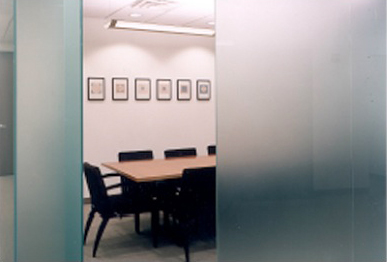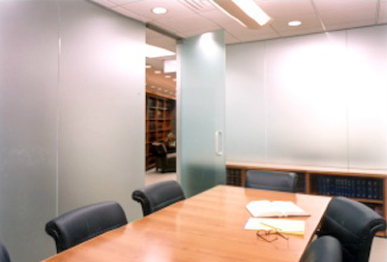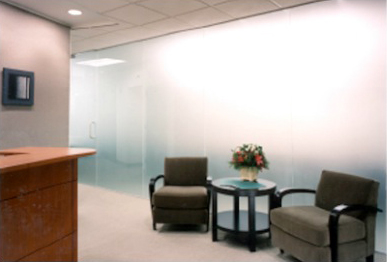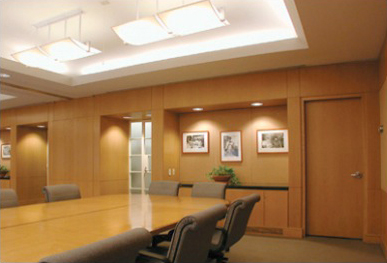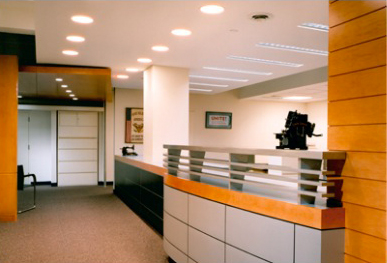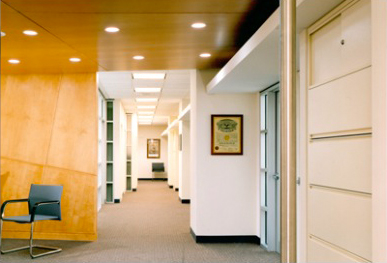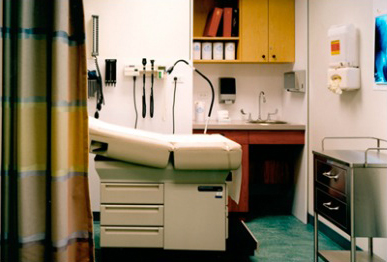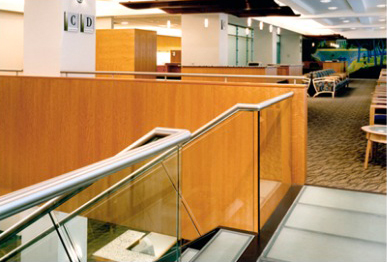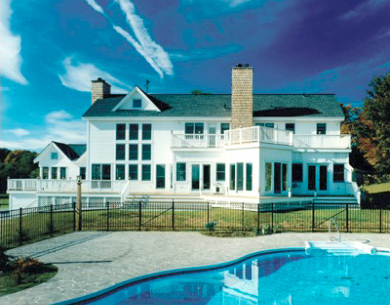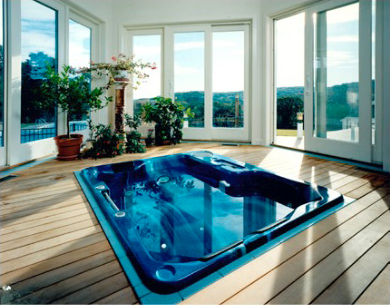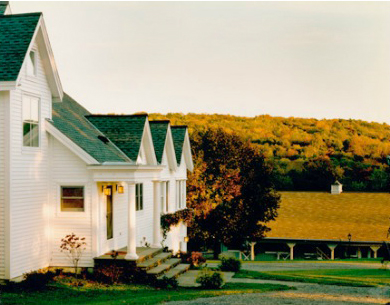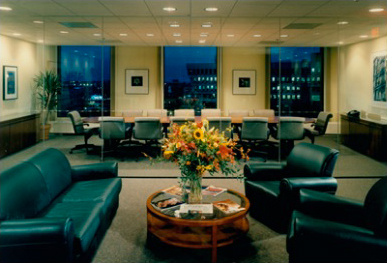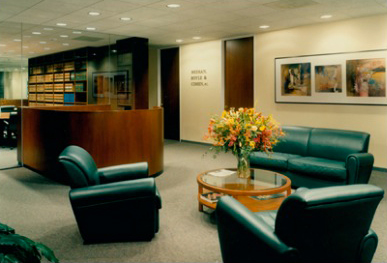
Piazza Times Square
 by Charles Lauster
by Charles Lauster
NEW YORK TIMES Op-Ed Submission
The tussle over where to put a statue of Frank Sinatra illustrates a quandary in the planning triumph that is the new Times Square — there is no square there. In what is now one of New York’s greatest public spaces, increasing numbers of people are jammed onto the same sidewalks that were crowded when the area was a blight. Pedestrians are too congested to even get a decent view of the area’s famous digital displays. This overcrowded mix of cars and pedestrians is frustrating and dangerous. Rather than a square or a great piazza, the Cross Roads of the World feels more like the entry ramp to a busy highway.
Times Square is what planners call a “bow tie,” so called because of the space that results when Broadway diagonally slices through one of New York’s avenues. The two streets carve up the land between them into the triangular islands that pedestrians hop between in getting across two streams of traffic. Significantly, bow ties occur at major cross-town streets, such as 14th, 23rd, and 66th Streets, and thus set the stage for major urban spectacles, Union Square, Madison Square and Lincoln Center, for instance. The announcement last week of a plan to give more space to pedestrians in a reconfigured Herald Square recognizes that bow tie’s dangerous level of congestion.
Times Square has been a major spectacle for a century. Its bow tie, from 42nd Street to 47th Street, was the center of New York theater, movies, entertainment and illuminated advertising. Today it is all those things and more. Besides entertainment, it is now a center for finance, publishing and broadcasting. This metamorphosis is due, in part, to planning concepts that embraced the jazzy spirit of Times Square as epitomized in its wonderful illuminated signage. From morning to late at night, the mix of family entertainment and vastly expanded commercial uses has brought together the city’s densest concentration of tourists, workers and New Yorkers bent on a good time.
To realize its greatness, Times Square should be a genuine square, not a roadway. The focus of a square is on pedestrians and their appreciation of the urban room around them. Creating a square would require the closing off of all or at least some of the north/south traffic from 47th Street to 42nd Street. The east/west streets could remain open.
It is true that this change would have a big impact on traffic. While vehicular movement is crucial to the life of the city, cites were not invented simply to move traffic. Rethinking north/south traffic is not too much to achieve the full potential of Times Square. Consider that most uptown traffic is moving south on Broadway; Seventh Avenue only begins at 59th Street and its contribution to the crush is less. If the closing of both Broadway and Seventh Avenue is too disruptive, southbound traffic entering on Broadway and exiting on Seventh could be maintained. The conversion of the closed roadway and the capture of the islands would still represent a tremendous change towards a true Times Square.
The cost of this grand square would not be much. No buildings are needed. No property would have to be bought. Traffic would be rerouted and the roadways turned into sidewalks. After all the millions of dollars that went into the rebirth of Times Square, the crowning achievement would be cheap.
New York needs a room for the city’s people to come together. That is what the Piazza San Marco did in Venice; it was the space for the people of the Republic. Times Square, central in Manhattan, central in the myth of New York and central in the work and play of New Yorkers today, is where the room for the people should be. The walls have been decorated with the most fantastic of electronic displays; everything is ready. Simply close off some traffic and the Piazza Times Square will be open.


